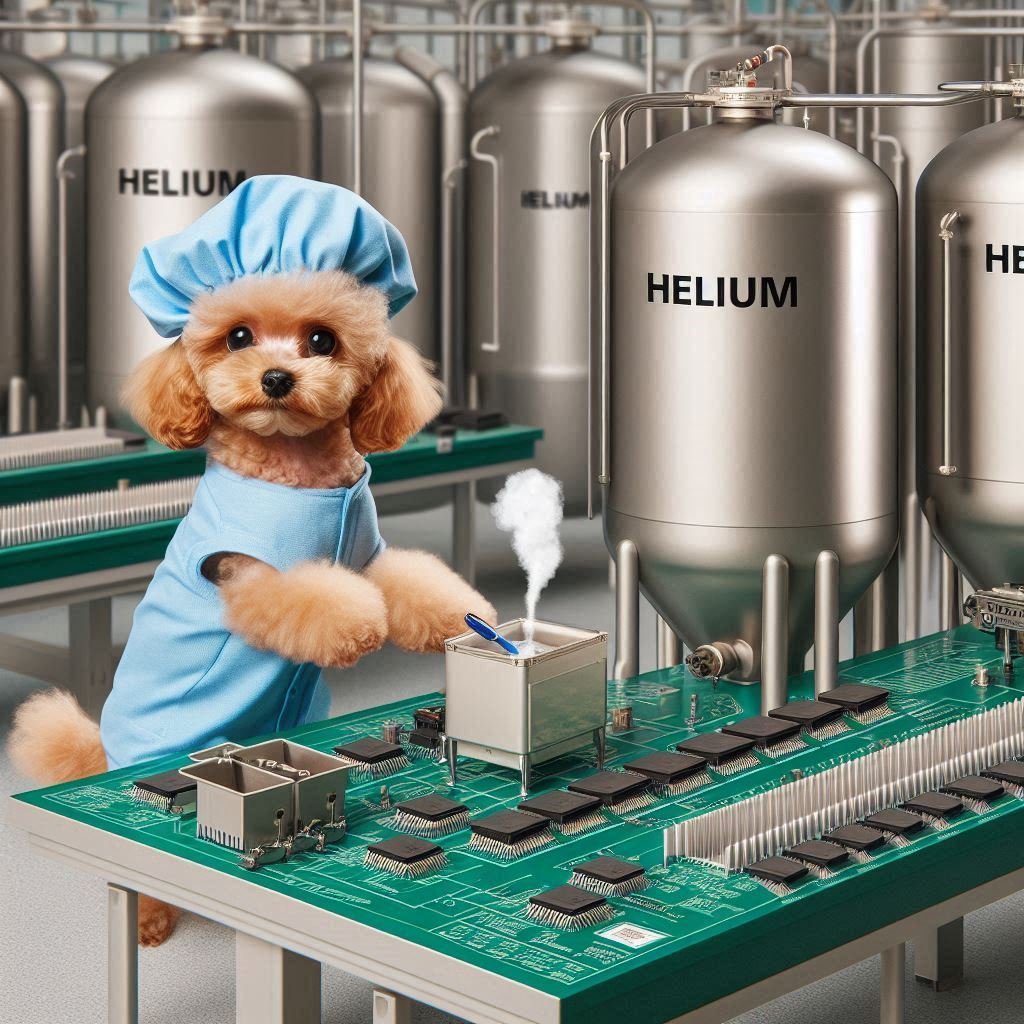HELIUM DEFLATION EXPECTATIONS
American patients undergo an estimated 40 million MRI scans each year to help diagnose cancer, brain and spinal cord injuries, strokes, and heart conditions.
The superconducting magnet-powered imaging machines provide doctors with clear, high-resolution images of areas inside the body that cannot be seen on X-rays and CT scans. However, MRI machines cannot maintain magnet cooling to generate these images without liquid helium, the Earth's coldest element.
Three of five U.S. helium suppliers are rationing the element to prioritise life-or-death uses like MRI machines over less-essential uses like keeping party balloons afloat.
The cost of helium has already increased by more than 400% in five years.
Helium is essential in various stages of semiconductor manufacturing, primarily because of its high thermal conductivity and inert characteristics.
Its capacity to quickly cool chips during production renders it indispensable, significantly as semiconductor nodes shrink and become more efficient.
With emerging industries like electric vehicles and 5G telecommunications fueling semiconductor innovation, the demand for helium is expected to rise dramatically.
Helium's inert nature and ability to remain a gas even at extremely low temperatures make it ideal for pressuring liquid hydrogen and other fuel tanks in rockets, ensuring efficient fuel flow to the engines.
Helium is used in cryogenic systems to maintain instruments and engines at optimal temperatures, especially in spacecraft and satellites.
Helium is a purge gas to clean out rocket engines and other systems.
Helium's small atomic size allows it to escape easily through even the tiniest openings, making it valuable for testing leaks in critical systems.
Helium's buoyant properties are essential for high-altitude balloons in atmospheric research and communications.
The Space Shuttle made extensive use of helium to pressurise various systems.
NASA uses helium to separate hot gases from ultra-cold liquid fuel during rocket lift-off.
Sourcing helium domestically or from Canada is the easiest and most economical option. Transit time is crucial: If the shipment takes 35 to 48 days, the liquid helium will evaporate.
The two other most enormous helium reserves are in Qatar and Russia.
The U.S. hasn’t been able to tap into Russia’s helium supply because of strained trade relations and the war in Ukraine. Meanwhile, attacks on ships in the Red Sea by Yemen’s Houthi rebels have forced Qatar to send liquified natural gas shipments, which contain helium, around the Cape of Good Hope, a route that adds at least 20 days to the journey.
There is a finite amount of helium on Earth. The largest reserves are in massive underground pockets in Algeria, Qatar, Russia, and the U.S.





